Table Of Content
A few years ago, most people hadn’t even heard of generative AI. Today, it’s everywhere; in apps we use, in the content we see online, and even in the tools many of us rely on at work.
What started as a topic only discussed by researchers and tech enthusiasts has quickly gained traction in the mainstream. It’s helping people write, design, code, and create in ways that once took far more time or resources.
Businesses are finding clever uses for it, artists are experimenting with it, and everyday users are discovering just how much it can do.
In this list of over 80 statistics, you’ll see just how fast it’s grown, who’s using it, and the scale of its impact so far. Think of it as a snapshot of a technology that’s still picking up speed.
Generative AI Market Growth
$48.6 billion global generative AI market in 2025.
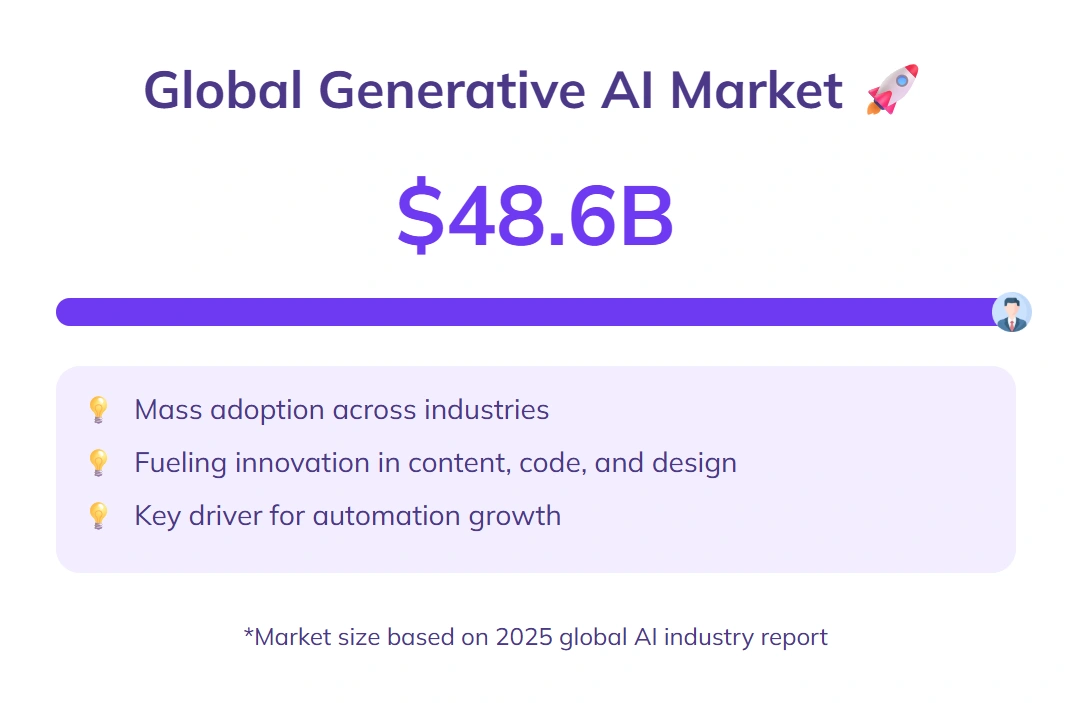
Total spending on generative AI tools rose 44% year-over-year.
North America accounts for 41% of market revenue, about 1.5× the share of Asia-Pacific (28%).
Europe holds 23% of the market revenue.
The Middle East & Africa represent 5% of the total market value.
62% of venture capital firms invested in at least one generative AI company in the past year.
Corporate licensing fees for enterprise generative AI platforms rose 19% in 2025, outpacing general enterprise software licensing growth of 8%.
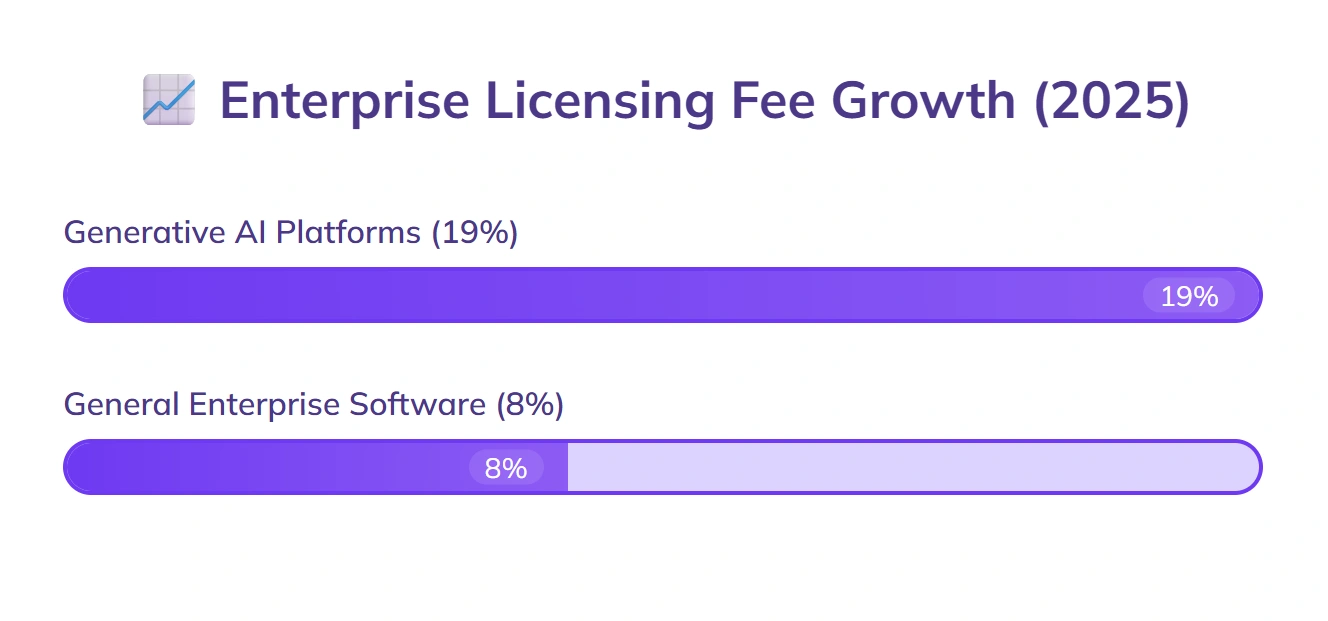
The average cost of integrating generative AI into enterprise stacks increased by 14%.
54% of startups launched in 2025 included generative AI as a core offering.
Public companies mentioning “generative AI” in earnings calls increased by 36% year-over-year.
33% of market revenue came from subscription-based SaaS platforms, compared with 13% from on-premise licensing.
Generative AI in Video Creation & Content Production
By 2025, 34% of marketers are expected to adopt text-to-video platforms to streamline explainer and promotional video creation.
Surveys show that 1 in 4 businesses experimenting with generative AI plan to use avatar-based videos for personalized customer engagement.
In 2025, the AI voice cloning market is projected to exceed $2.1 billion, driven largely by content creators and training industries.
Roughly 29% of video creators using generative AI say scene generation helps them cut production time in half.
In 2025, automated AI editing tools are projected to handle 60% of routine editing tasks for social media content.
Content marketers report that 47% of AI-generated scripts require less than 15 minutes of human editing before being production-ready.
Adoption Across Industries
77% of financial services firms report using generative AI in at least one department.
69% of healthcare organizations use generative AI for medical documentation or training materials.
63% of retail companies use generative AI for product descriptions and ad content.
Retail adoption (63%) is about 1.7× higher than adoption in education (38%).
58% of manufacturing companies use generative AI for equipment maintenance guides and safety manuals.
55% of entertainment companies employ generative AI for scriptwriting or concept art.
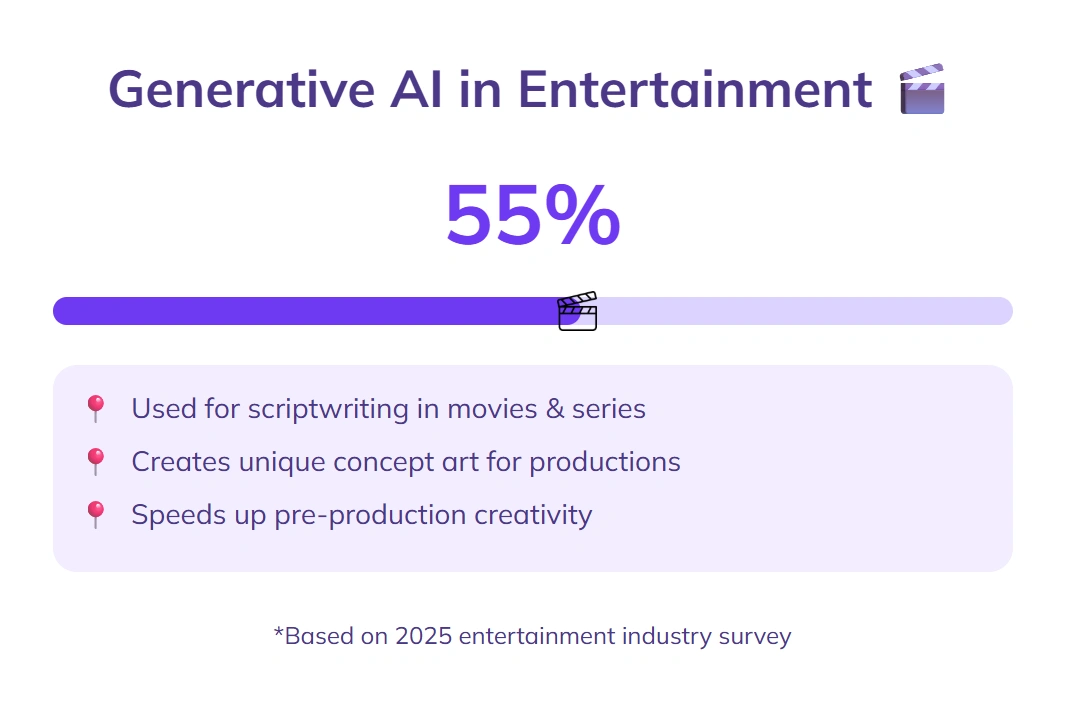
49% of law firms use generative AI to draft contracts and legal summaries.
Financial services' 77% adoption is roughly 2.2× the adoption rate in nonprofits (34%).
46% of logistics companies leverage generative AI for route-optimization reports and client communication.
Manufacturing's 58% adoption exceeds logistics' (46%) by 12 percentage points.
44% of real estate agencies use generative AI to create virtual staging images and property descriptions.
Productivity and Efficiency Gains
62% of companies using generative AI report shorter project completion times.
Businesses using generative AI for content creation report an average 34% productivity boost, compared to 21% for those using it only for automation tasks.
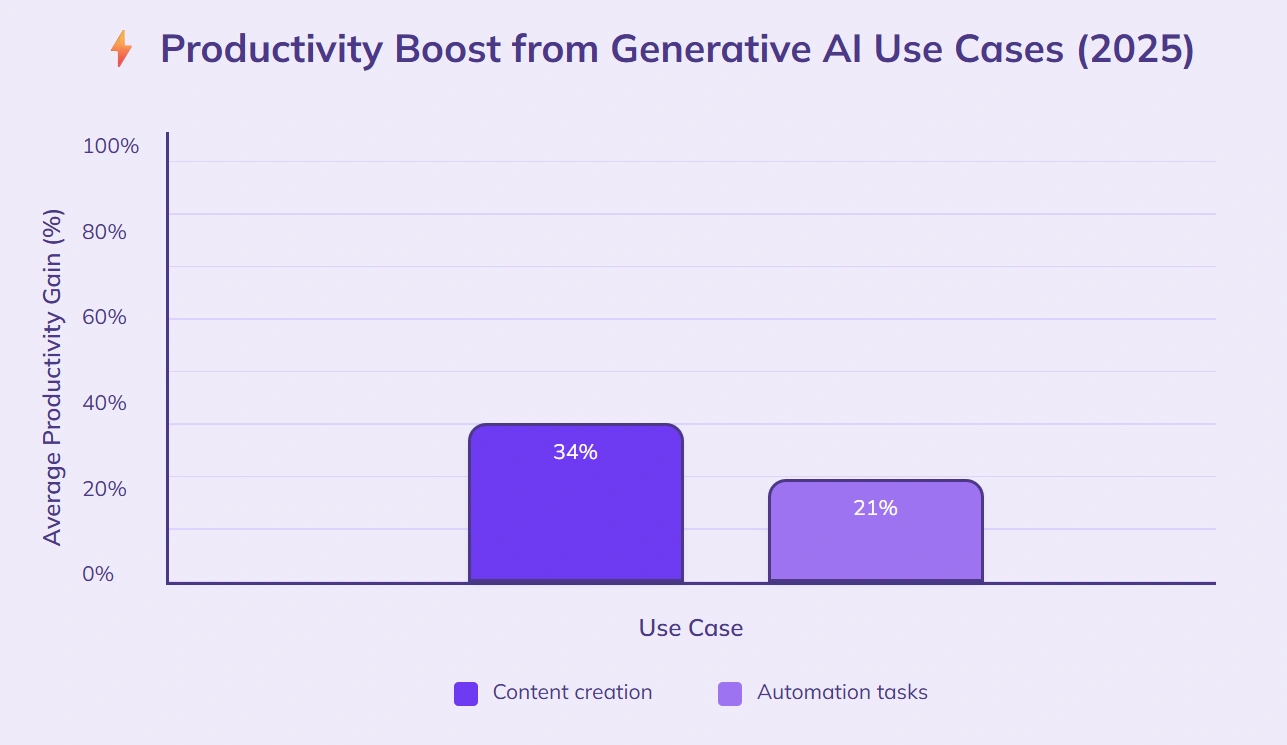
48% of marketers say AI has reduced their campaign preparation time by at least 40%.
AI adoption in customer support has led to a 36% drop in average response times.
Teams integrating AI into project management complete tasks 18% faster on average than teams without AI assistance (14% faster in customer support roles).
54% of surveyed employees say AI tools help them focus on more strategic tasks.
Employees with AI-assisted tools handle 23% more workload per week than those without, who average only a 9% increase.
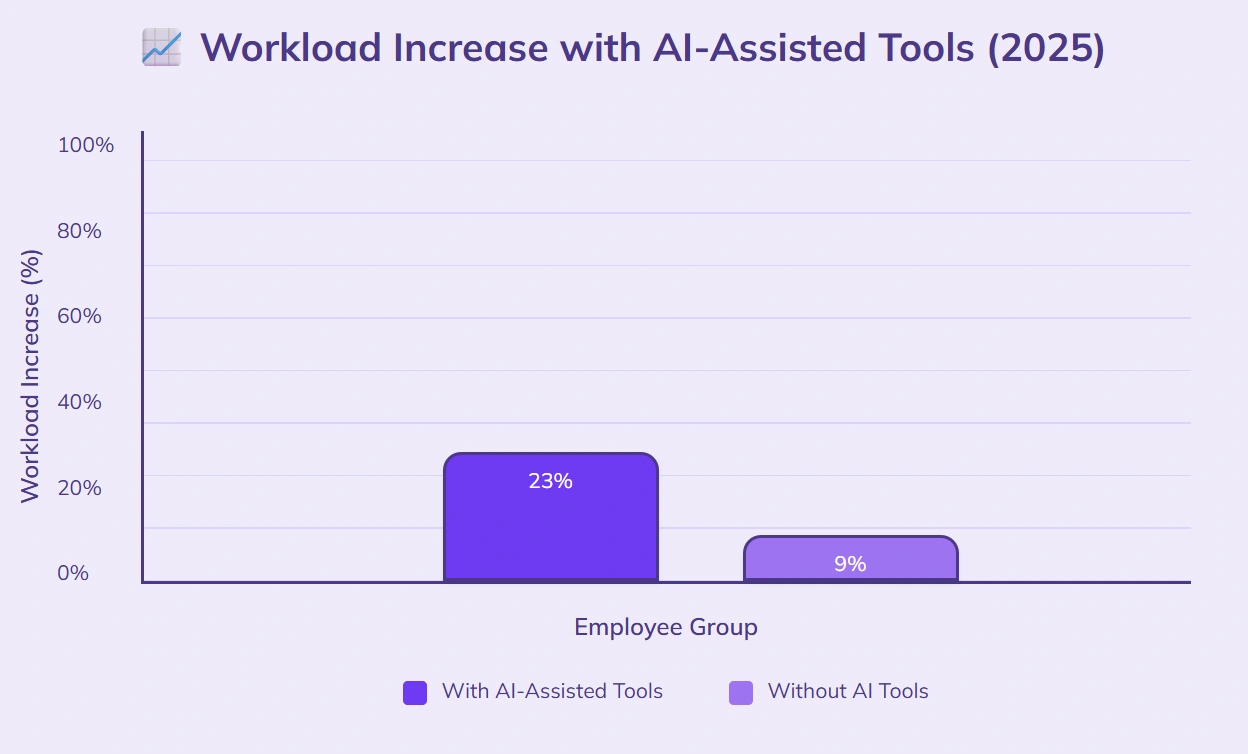
41% of small businesses say AI has reduced their operational costs significantly.
29% of companies have automated more than half of their repetitive tasks with generative AI.
67% of creative professionals say AI helps them overcome creative blocks.
AI implementation in logistics has reduced inventory errors by 21%.
Consumer Usage and Behavior
In 2025, 71% of global internet users have tried at least one generative AI tool.
52% of Gen Z report using generative AI tools weekly, compared to 37% of Millennials.

44% of users say they rely on AI to help them make purchase decisions.
35% of daily generative AI users integrate it into personal budgeting and finance tracking.
AI-powered shopping assistants are preferred by 41% of online shoppers, while only 26% still prefer traditional chatbot support.
58% of students use generative AI for research support in their academic work.
64% of daily generative AI users say the tools have improved their decision-making speed, versus 38% of occasional users.

49% of social media users interact with AI-generated posts without realizing the content was AI-made.
27% of people use AI to plan travel itineraries.
32% of mobile users have at least one generative AI app installed on their devices.
46% of people say they trust AI-generated recommendations for restaurants and entertainment.
Impact on Jobs and Workforce
46% of employees say AI has introduced new responsibilities into their roles.
58% of HR managers believe AI is creating more job opportunities, compared to 29% who see it as a net job reducer.
39% of companies have created entirely new job titles because of AI adoption.
Workers in AI-augmented roles report a 27% higher job satisfaction rate, while non-AI roles report only 16%.
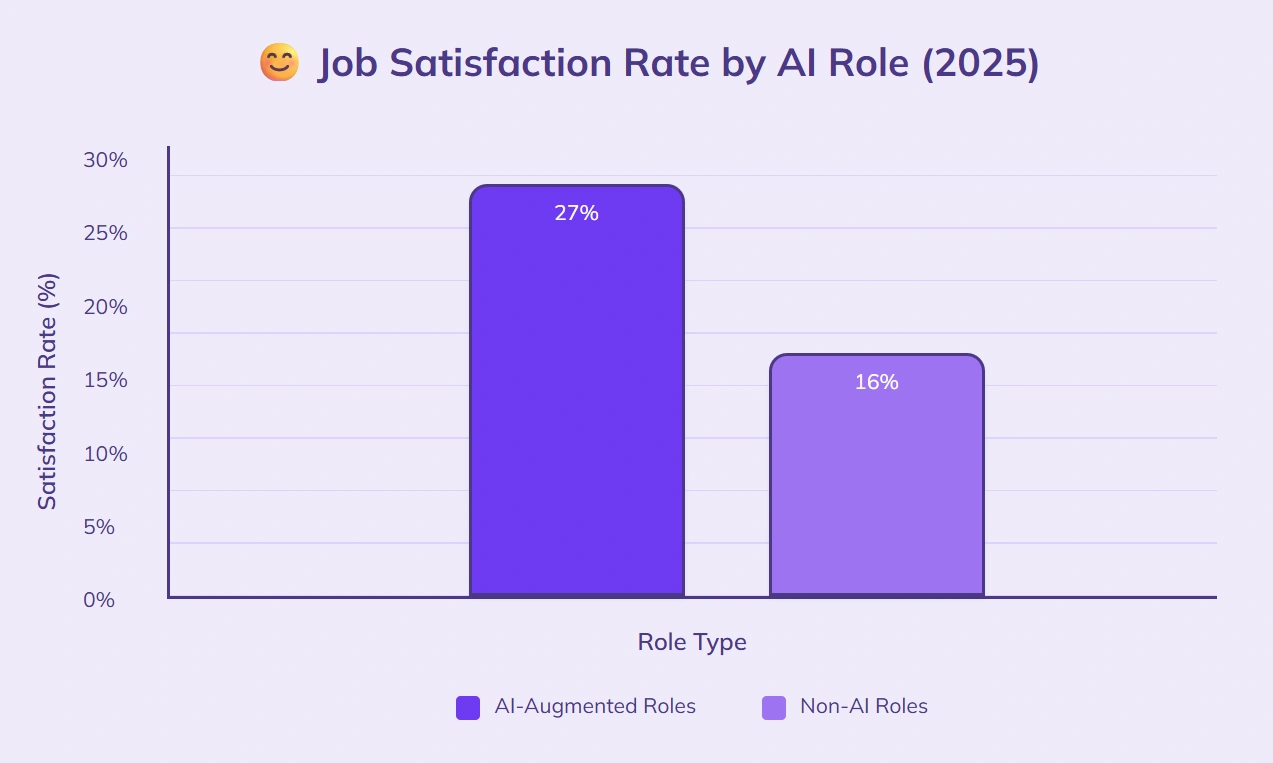
51% of professionals say they have upskilled in AI-related tools in the past year.
The average reskilling time for employees in tech roles is 4.2 months, compared to 6.7 months in non-tech roles, adapting to AI-driven changes.
33% of freelancers say AI has increased their workload volume.
44% of organizations now include AI literacy in their standard onboarding training.
22% of job seekers have used AI to generate resumes or cover letters.

49% of managers say AI has influenced promotion and hiring decisions.
36% of companies have reduced overtime hours due to AI efficiency gains.
Ethical Concerns and Trust
64% of consumers say they worry about deepfake content being used to spread misinformation.
71% of business leaders believe generative AI tools should undergo independent audits to ensure ethical use.
58% of employees are unsure how their personal data is handled when interacting with AI-powered systems.
Public trust in AI-generated news content is 27%, compared to 54% for traditional journalism.
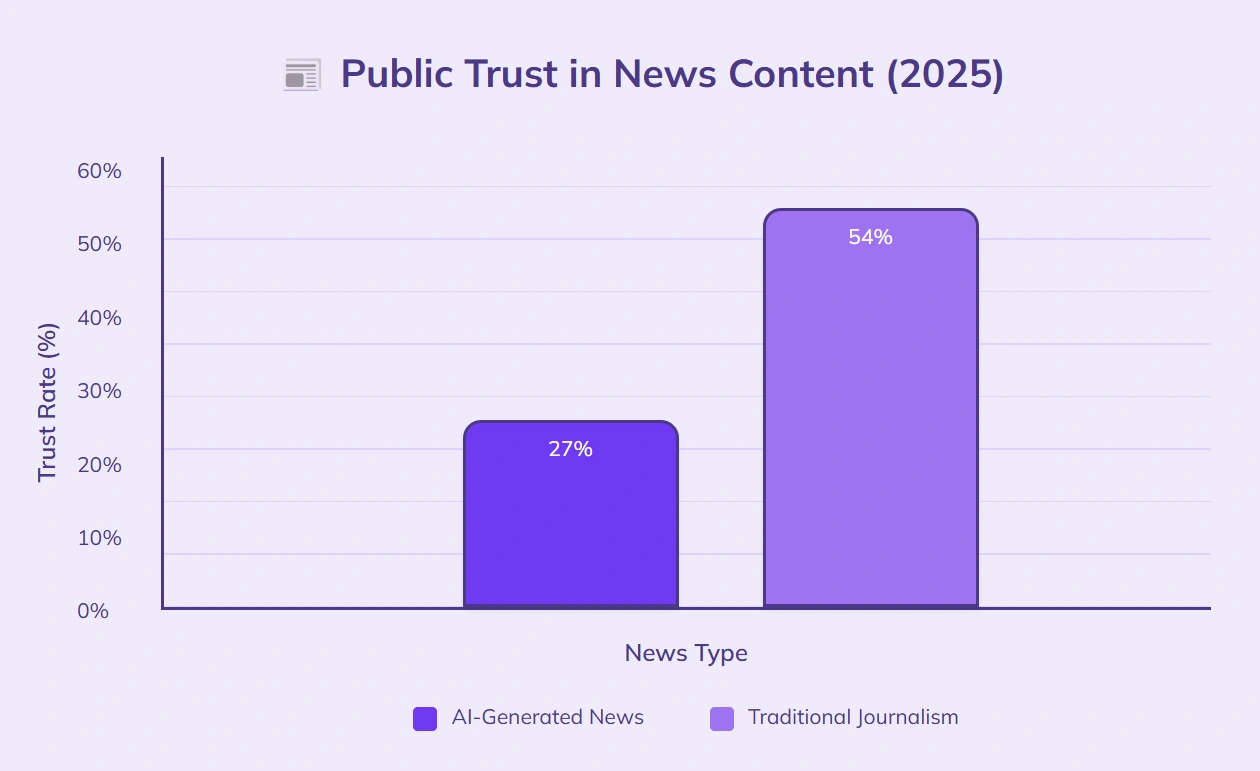
49% of companies now include AI ethics as a dedicated section in their corporate governance policies.
36% of social media users have interacted with AI-generated profiles without realizing it.
63% of tech executives believe stricter regulations will boost public trust in AI adoption.
Only 21% of consumers say they fully understand how AI systems make decisions affecting them.
42% of investors avoid funding AI projects without clear ethical guidelines, versus 18% five years ago.
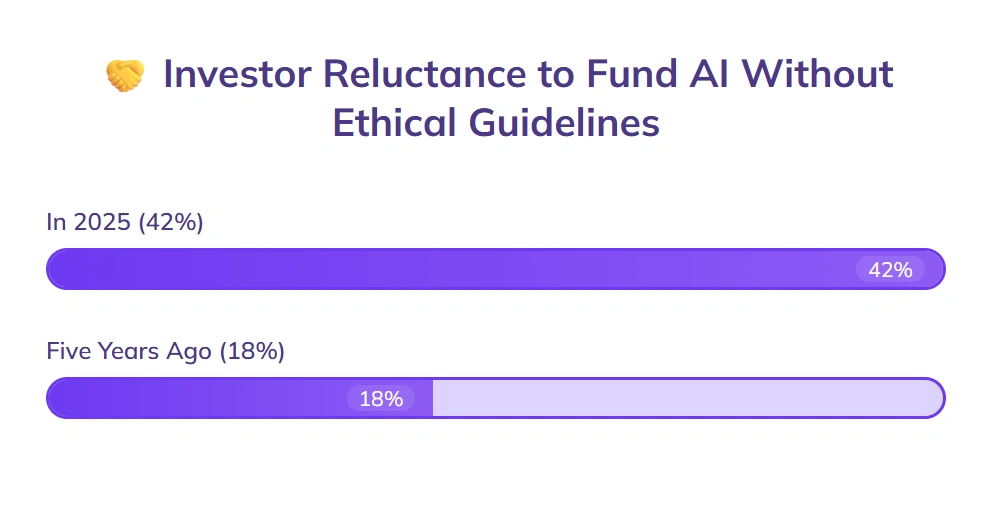
57% of parents are concerned about children using AI chat tools without supervision.
34% of organizations have faced at least one public complaint about the ethical use of AI in the past year.
Investment and Funding Trends
$14.8 billion was invested globally in generative AI startups in 2025.
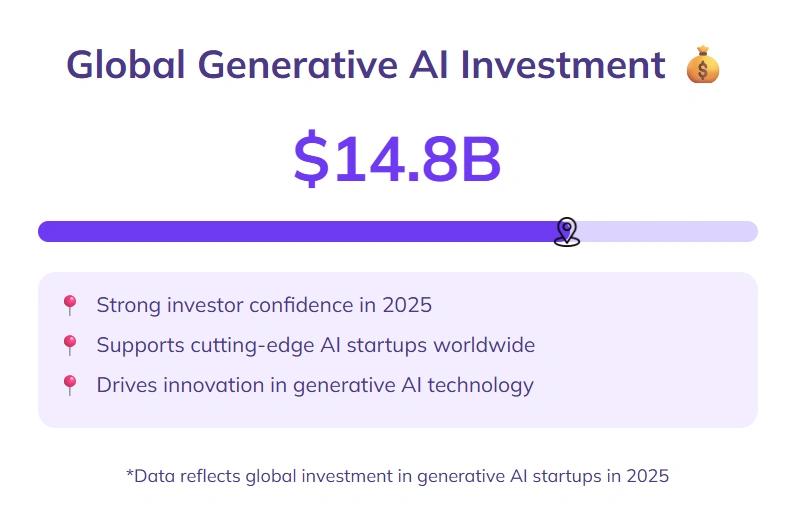
41% of venture capital firms increased their AI-related funding allocations in the past year.
Average deal size for AI-focused seed rounds grew by 19% in 2025.
Generative AI accounted for 29% of all AI-related funding, compared to 22% in 2023.
67% of private equity investors now consider AI capabilities a key factor in acquisition targets.
The number of AI unicorns worldwide reached 96 in 2025.
Corporate investments in AI R&D rose by 15% year-over-year.
Funding for AI in healthcare reached $3.2 billion, versus $2.5 billion in 2024.
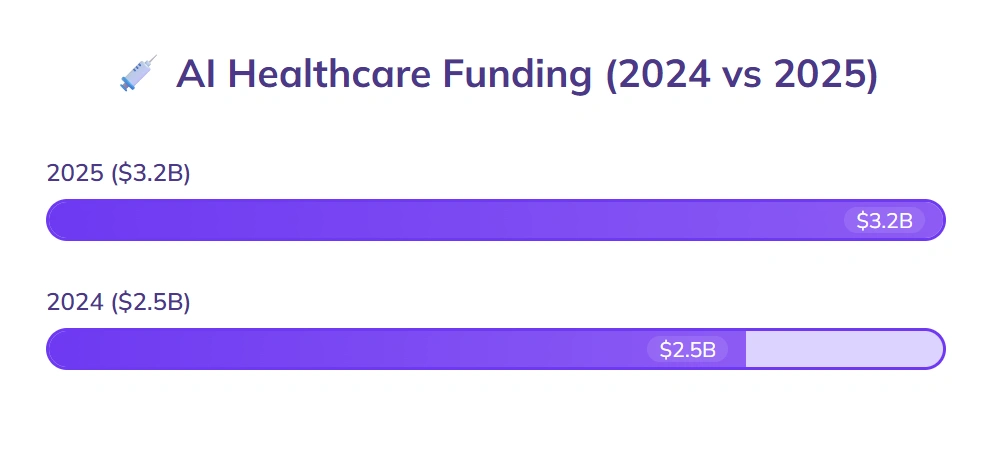
54% of AI-focused startups reported multiple funding rounds within their first three years.
Publicly traded AI companies saw an average market cap growth of 28% in 2025.
72% of institutional investors expect to increase AI investments over the next two years.
The Bottom Line
Looking at these numbers, it’s hard not to notice just how quickly generative AI has become part of the conversation in so many fields. It’s not just a tool for tech companies anymore; it’s being explored in classrooms, creative studios, offices, and homes.
The statistics highlight both the excitement surrounding it and the serious investments going into making it better and more widely available.
While the future of generative AI will bring its share of surprises, one thing is clear from the data: it’s here to stay, and its influence will only keep growing. Whether you’re following it out of professional interest or personal curiosity, the story is far from over — and the next set of numbers might be even more impressive.
Create videos 10x faster and easier with Zebracat
Try it now










Comments